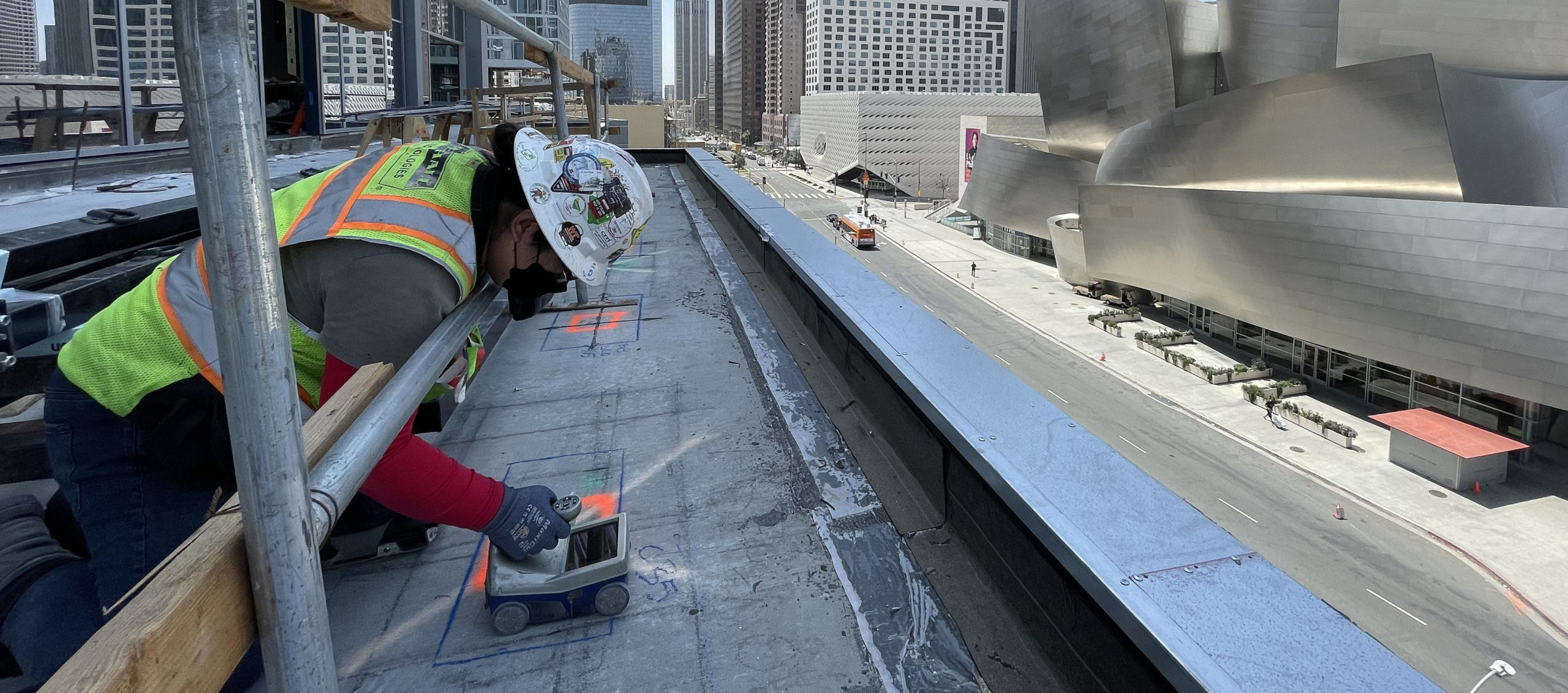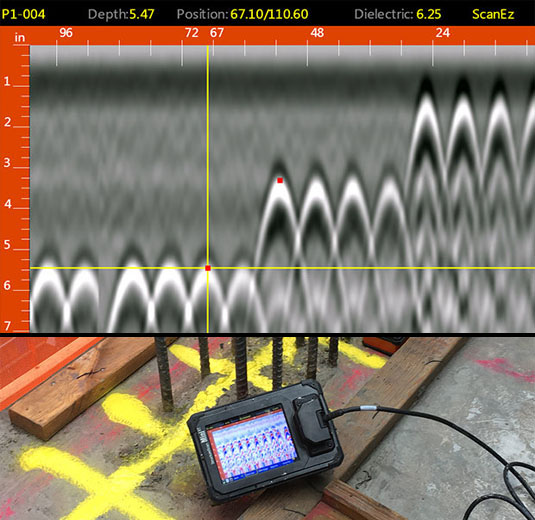Enhancing Job Preparation and Execution With Advanced Concrete Scanning Methods
In the realm of job preparation and insight, implementation and accuracy are essential aspects that can make the distinction in between success and troubles. Advanced concrete scanning strategies have arised as an innovative tool set to boost the requirements of project management within the building and construction sector.
Advantages of Advanced Concrete Scanning Methods

Improved Precision in Job Evaluations
Enhancing project analyses with innovative concrete scanning techniques considerably enhances the accuracy and dependability of building assessments. By employing advanced scanning technologies such as ground-penetrating radar (GPR) and 3D imaging, project teams can now obtain comprehensive understandings right into the problem of concrete frameworks, recognizing possible imperfections or weak points that may not be noticeable to the nude eye. This enhanced level of accuracy in project assessments allows building specialists to make even more informed decisions relating to repair and upkeep strategies, leading to boosted general project outcomes.
Moreover, the enhanced precision in project evaluations achieved with advanced concrete scanning techniques assists in lessening the danger of unforeseen concerns throughout the building and construction phase. By proactively finding hidden abnormalities within concrete frameworks, such as rebar deterioration or voids, job teams can deal with these problems early, avoiding costly delays and revamp later in the project lifecycle. Eventually, the boosted accuracy in job assessments promoted by innovative concrete scanning strategies contributes to higher efficiency, cost-effectiveness, and quality in construction jobs.
Early Recognition of Structural Difficulties
Early detection of architectural obstacles plays a critical duty in making sure the honesty and safety and security of concrete structures throughout the building process. Identifying prospective concerns at an onset enables timely intervention, stopping pricey rework, routine delays, and security threats. Advanced concrete scanning strategies, such as ground-penetrating radar (GPR) and 3D imaging, allow task groups to uncover hidden flaws, gaps, reinforcement design index discrepancies, and other abnormalities that might jeopardize the framework's stability.
By applying these techniques throughout the planning and execution phases, construction experts can proactively address structural difficulties prior to they escalate right into major problems. For example, finding inadequate concrete cover over reinforcement bars beforehand can avoid deterioration and structural weakening in the long run - RainierGPR Service Areas. In addition, determining variations in concrete density or thickness can aid enhance product usage and ensure uniform stamina buildings across the framework

Eventually, very early recognition of architectural challenges via innovative concrete scanning not just improves the total quality and sturdiness of the building and construction yet also adds to why not find out more a safer developed setting for residents and customers.
Enhanced Precaution in Building And Construction
The execution of robust security protocols is crucial in the building and construction sector to mitigate risks and safeguard the well-being of workers and stakeholders. To boost safety steps, construction firms are significantly embracing technical improvements such as wearable gadgets that keep track of employees' vital indications and find prospective wellness issues in real-time. By prioritizing safety via the incorporation of sophisticated technologies and thorough training programs, building tasks can considerably lower crashes and create a safe functioning atmosphere for all entailed.
Streamlining Task Monitoring Processes
To enhance functional efficiency and make sure project success in the construction industry, a focus on streamlining project management procedures is essential. By implementing efficient task monitoring procedures, building and construction jobs can lessen delays, decrease costs, and improve overall performance.

Verdict
Finally, the utilization of innovative concrete scanning strategies supplies countless benefits for project planning and implementation. These strategies provide improved precision in task analyses, early identification of architectural obstacles, boosted safety steps in building, and structured task monitoring processes. Incorporating these methods into job process can ultimately lead to extra effective and effective outcomes in construction tasks.
Inevitably, the enhanced accuracy in project assessments facilitated by advanced concrete scanning techniques contributes to greater effectiveness, cost-effectiveness, and quality in building and construction jobs. RainierGPR Service Areas.
To maximize functional effectiveness and ensure task success in the building sector, an emphasis on enhancing project monitoring processes is essential. By applying effective task administration procedures, building projects can reduce hold-ups, reduce costs, and boost general performance. By improving task management processes through modern technology integration, clear interaction, and data-driven strategies, building projects can accomplish higher performance, cost-effectiveness, and successful results.
These techniques offer better accuracy in job assessments, very early identification of structural obstacles, improved safety and security procedures in construction, and streamlined job monitoring processes.